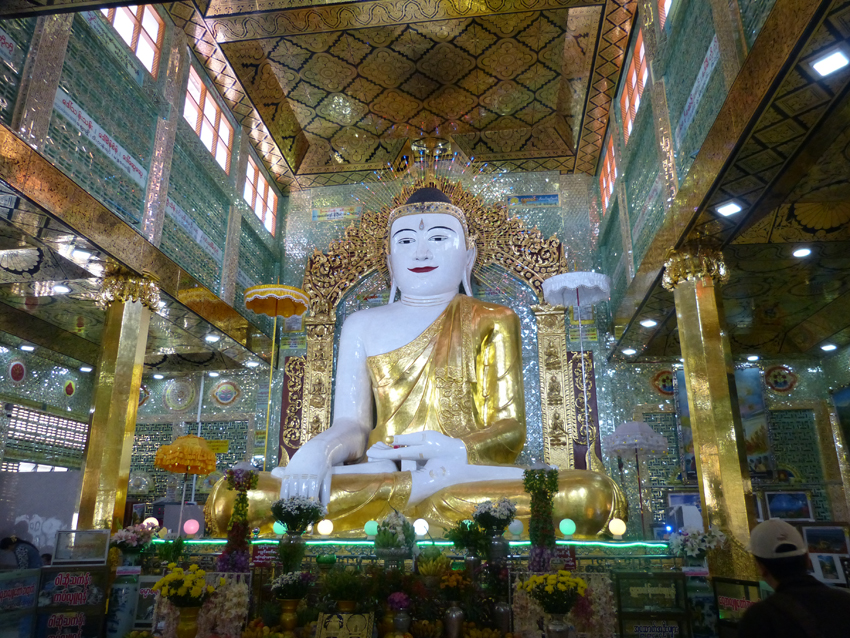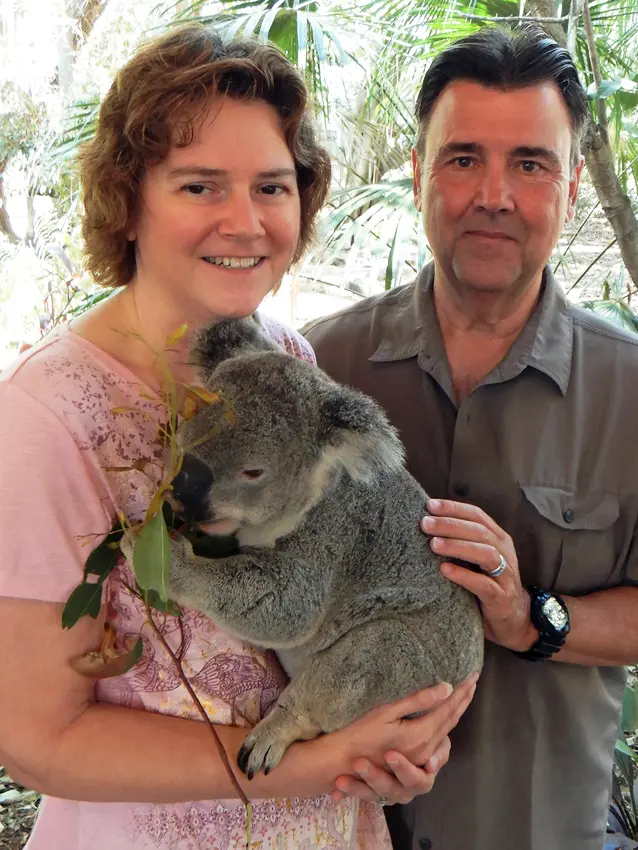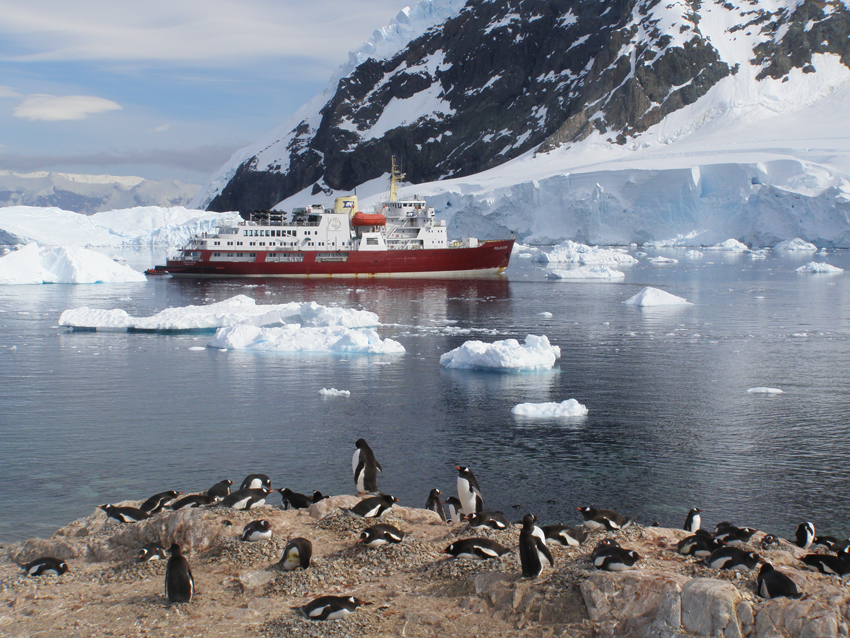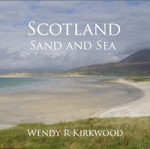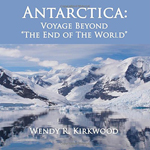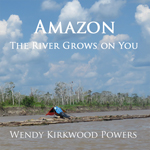Last Updated on March 15, 2023 by PowersToTravel
Mandalay, Monywa, Bagan, Yangon. Recognize these places? No? I didn’t either. Myanmar? That name didn’t ring a bell when I first started planning our trip to Southeast Asia. Oh, “Burma”! Now that rings a bell. It’s the country which fought Thailand, in “The King and I”! It sounds exotic. It’s the next country northwest of Thailand, and Thailand was on the must-visit list, so I began to investigate.
Planning and Politics
It wasn’t until the news broke about the military’s treatment of the Rohingya population that I became aware that we might not have chosen the best destination for 2017. For young Americans, Burma may be a very mysterious place, as it has been the subject of sanctions since 1988 when the military took over the government and civil liberties were strangled. Relations between our two countries were warming up slightly by 2012, and tourist travel was certainly possible when we first investigated our itinerary in 2016.
But after we planned, and before we could go, the Rohingya Crisis hit the news, and we had to take a step back to consider our options. Neither Myanmar nor the US restricted travel to the tourist sites, such as Mandalay, Bagan and Yangon. We used a travel agency to coordinate all of our travel in Myanmar. We aren’t the type of people to stray off the agreed-upon path, nor are we people who engage in hot political discussions with our hosts. We heard no noise from the press or State Department that Americans were targeted or in danger.
The only personal concern became our fear that our presence may not send the right message to citizens of Myanmar or the US. We worried that we might appear to condone the violence and hatred just by visiting. Boycotts do have power, and we would in essence be crossing the picket line.
But we did. The world is a big and complicated place. Indeed our own country is complicated. We had committed to that portion of the trip and we decided we would go.
Itinerary considerations
Most agencies promote visiting Myanmar from the south to the north. Tourists fly into Yangon, spend one day, then fly to Inle Lake, fly to Bagan and finally fly to Mandalay, then back to Yangon. Such an awful lot of flying, and I had many concerns with flying. First, I figure the fewer times one goes up in the air, the fewer times one can fall from the air. Obviously I don’t have a tremendous fear of flying, as can be seen by our frequent and distant travels, but I do tend to want to stay on the ground once having arrived in country.
I designed the entire Southeast Asia trip around three goals: See each country in its best season, avoid getting into airplanes, and lastly, as always, manage our massive amount of luggage efficiently through border crossings and exchanges. My must-see list for Thailand included Chiang Mai, in the north. I was excited when I found we could fly directly from Chiang Mai to Mandalay. What was not ideal was the fact that it was a smaller airplane and the airlines would limit the size of my carry-on, which would stress my ability to protect my diabetic supplies.
Difficulty carrying diabetic supplies versus taking another airplane? I rose to the challenge of transporting my supplies!
A final requirement in planning an itinerary around southeast Asia is an understanding of the visa and e-visa allowances. Some countries don’t permit you to make some land or river border crossings with e-visas, or permit you to enter the country with one visa program and exit under another. What are the requirements in entering via Mandalay and exiting via Yangon? Whew! The Myanmar eVisa program allowed entrance via air to Mandalay, and exit via air from Yangon. Check out the rules at the official Myanmar eVisa website.
What is an eVisa? In our case, in the case of Myanmar, it is a pre-authorization to visit. Using the above Myanmar official website, we filled out an on-line form for a Tourist Visa, paid the fee ($50 ea) online using our credit card, then received an approval letter six days later via email which we printed and brought with us. When we went through Immigation they compared our passports to the approval letter, then filled out and stamped a half-page form in our passport. The stamp might have fit in a quarter-page if they had turned the passport on its side.
As a child I was an avid reader, and as an adult, less so. That means that all my impressions of other countries are based either on the nightly news, National Geographic, or rather old mystery and adventure novels. The Thailand I partially hoped to see no longer exists. It exists in museums, similar to the way early American settlers are seen in Sturbridge Village, Massachusetts. Bamboo houses have been replaced by cement block homes, water buffalo by tracters; the list goes on.
I had few dreams about Myanmar though; I had no expectations. All I knew was that the country had been a colonial asset of this British Empire, had pretty much closed itself to outside influences for many years, and offered a lot of historical temples to visit. We were somewhat limited in the number of days we could spend in Myanmar since we had a lot of other countries to visit in our 63 day trip. I chose Mandalay (solely for logistical reasons), Bagan and Yangon.
Then I bumped into a picture of the caves at Phowintaung (this one is Greg’s picture):
I saw that they could easily be reached BY CAR by adding just one day between Mandalay and Bagan. BY CAR! Ah ha! Inle Lake, which is on many tourists’ list, is primarily reachable by plane. That means two planes – fly one in, and another onward. But Monywa could be added as a stop-over on car journey. It quickly joined my list.
What is the biggest risk in Myanmar? The easy answer is “over-templing.” There are so many temples in Myanmar, each of them clamoring to be the best, the biggest, the one with the longest reclining Buddha. The competition has been going on for centuries and continues to this day.
Yangon? The largest golden temples are there, I quickly learned. So most tourists enter through Yangon, and see three of the most important temples, Botataung Pagoda, with its golden walls and sacred relict, Chaukhtatgyi Paya with its huge and ornate reclining Buddha and Shwedagon, with precious stones in the canopy.
Bagan is known to have the most temples, most of them historic and in such a compressed space.
Mandalay? I knew nothing of Mandalay.
Visit Mandalay First
Flying into Mandalay turned out to be the absolutely BEST way to start a tour in Myanmar, and we found this out by accident.
And to many tourists who have seen so many temples by the time they reach Mandalay, it just seems more of the same, the eyes glaze over.
But Mandalay is not more of the same. The temples there are so varied and have such historic importance. Two days among the pastel tiles, neon lights, historic teak and gold leaf completely bowled us over. Visiting them on mountain tops, via river boats and on islands made the adventure even more exhilarating.
Monywa and the villages we passed along the way only enhanced our wonder. We saw the 58,263 Buddha statues at Thanboatstay, for example, and the aforementioned hill cave temples of Phowintaung. That was all before reaching Bagan. By the time we had completed Bagan, we indeed were templed out. But by then, all that remained to discover was the busy modern Asian city of Yangon with its 3 top-shelf temples.
To see Mandalay fresh, with the eyes of the dazzled Westerner was indeed a treat I am so glad to have experienced.
Country / City
Additionally, visiting the country from rural to more cosmopolitan areas just highlighted the differences between the areas. We arrived freshest for the most diverse and entertaining city and sites.
While Mandalay is a city, it is also much more rural than Yangon.
The countryside starts right outside the city center. We landed in at Mandalay airport just as dusk fell, and by the time we had made it through Immigration, night was fully upon us. It was amazing to share the dark evening road with ox-carts and pedestrians. The road was two-lane asphalt, and we were forced to change lanes for non-motorized traffic. There were no street signs or street lights or traffic lights. This was not a freeway. The cars were designed as British cars, with the driver on the right, but the traffic was managed to American standards, with the car also in the right lane. It was a bizarre experience to see the guide peering out his window prior to passing, to warn the driver of on-coming traffic.
Finally we made it safely to our hotel. We were in downtown Mandalay, but the edges of the road were rocky and grassy; there were no curbs. That’s all we could see in the dark.
We found out the next day that there are few traffic lights in the entire city, that the first and loudest car into an intersection had right of way. Here in Newport RI we have many four-way stop intersections, and each car stops and waits for the first car to a stop sign to advance. Ha! In Mandalay the rule is to approach the intersection, honk your horn as loud and continuously as possible and plunge into the intersection. Generally the first one with an inch of real estate and the loudest horn gets the upper hand. At first we hung breathlessly to our door handles, then we learned to relax, and ultimately it became an exhilarating adventure. We just loved our driver Chit.
The roads were full of scooters. Boo-Boo, our guide, told us there were 600,000 motorbikes for 1.6 million people. And that perhaps only 10% have cars. All the tourist cars were the same model, a “Saloon Car” (?), and white. When we would arrive at a tourist location, we could see identical cars lined up along the street. What set them each apart was the drivers.
There are sidewalks on some streets in the center downtown area, but in most of the city the residents walk on the gravel or grass at the side of the road, and sprint like Olympians through the intersections. Our choice in talking a walk a few blocks away for a restaurant was not taken lightly! Obviously we did survive.
Here’s a peak at the view over Chit’s shoulder:
Culturally Mandalay seemed more in tune with its roots. Most men and women wore longyis robes. Our guide Boo-Boo said he owns 7 robes, one for each work day, and then two for special occasions, such as weddings. Most women wore round patches of peach-colored cheek make-up, even some men. It is supposed to have sunscreen properties, but is applied in a spotted design fashion. So many young children are raised in monasteries, which correspond in a way to public schools here. The common or poor child is sent by his family to live in the monastery and receive both a religious and practical education. Some continue on at the monasteries as monks, many more graduate and are returned to their families or try their luck in the cities. Locals work in the monastery not for money, but for blessings.
Mandalay was a marvelous adventure, more of what I dreamed Thailand would be, and perhaps was, fifty years ago. Take a peek:
Review Links
Check out this article of mine too
Myanmar Travel Blog – Itinerary, Impressions and Diabetic Travel Tips







